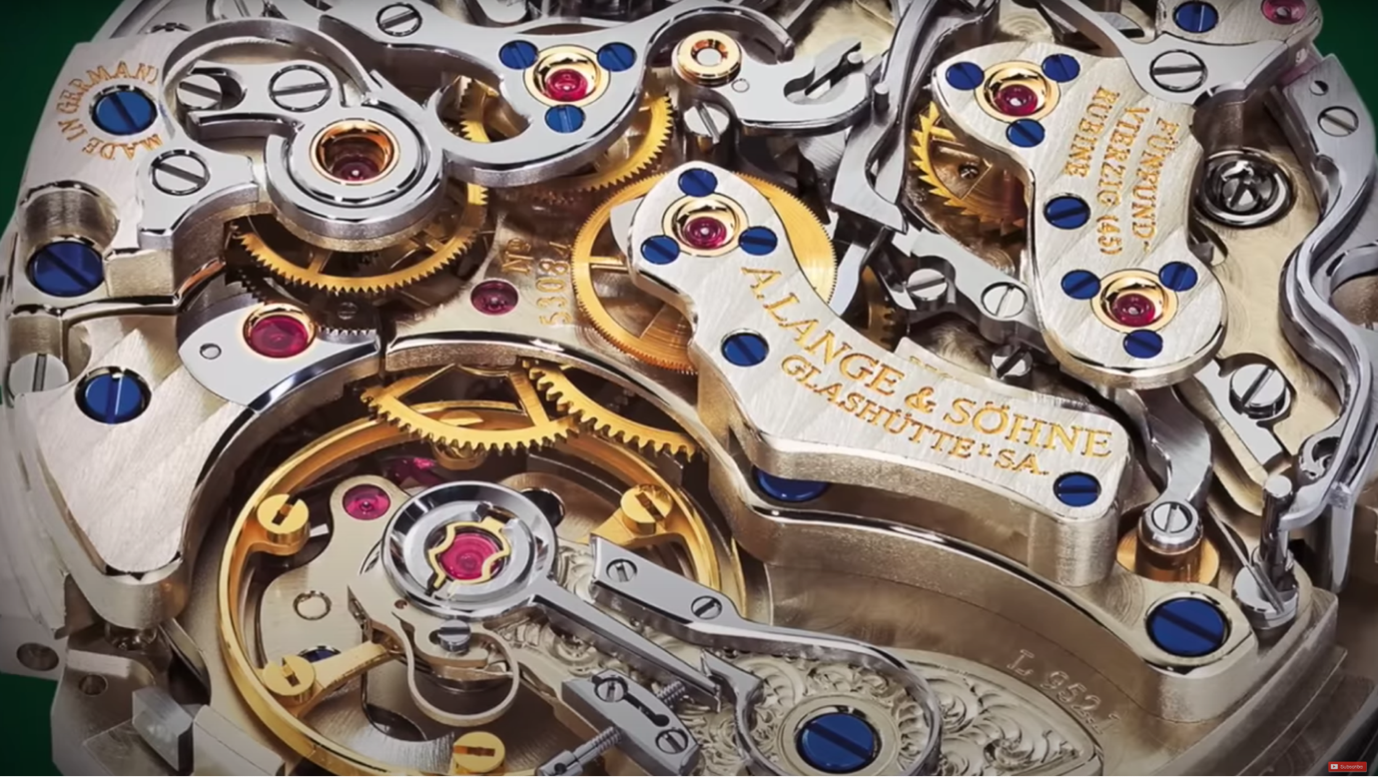BEGINNERS GUIDE TO WATCH COMPONENTS

Being a lover of watches is an individual journey. And what might be one man’s Casio Royale, is another man's Rolex. Or so I'm told. I think at the core of the journey is a foundation of knowledge. The basics that you should know when talking about watches in an appreciative or critical manner.
The terminology is going to be explained in this short beginners guide.
WATCH COMPONENTS – THE CASE
The case. This is the watches outer most molding that provides the shape and silhouette of the watch. It protects the inner workings of the watch. But off the case you'll see some protrusions, like metal clamps that will be hugging the strap to the case. These are called lugs.
They secure the strap or the braces to the watch case and they come in various sizes. You'll often hear lug to lug in terms of sizing.
The width will determine the size of strap or bracelet you will have on the watch.
STRAPS AND BRACELETS
These are either a strip of leather or rubber, that's a strap. The bracelet is made of metal and more common on dress watches.
I'd love to bring out my own watch strap line. I was thinking about designing my own watch but that would take forever. I'm like a dentist that can't be bothered to learn the entire anatomy.
THE CROWN
At the 3 or 4 o'clock there is a knob. This is the crown and it's used to set the time, calendar, depending on the watch, and if it's a chronograph (a mechanical watch) then it's used to wind the watch itself.
THE DIAL
It’s a plate base that's visible through the crystal of the watch. For my money this is where the personality of the watch and the design language is most evident.
It will have hours, minutes and seconds. The dial isn't the face of the watch, although this is splitting heirs.
THE HANDS
They move over the dial to point out the hour, minute and seconds. A GMT hand is sometimes there to measure two different time zones.
THE CRYSTAL
A transparent component part of the watch that can be made of glass, plastic or sapphire. It protects the dial and inner workings.
THE BEZEL
This is typically made of metal and encircles the crystal on the top part of the watch. It holds the crystal in place on top of the case. You have typically a uni directional bezel that clicks 60 times around the watch. Some will be bi-directional and has 120 clicks. A good way to determine the quality of the watch is to play with the bezel to feel of there is any bounce.
THE CASE BACK
The reverse side of the watch. You can have exhibition case backs that show the movement.
THE MOVEMENT
This refers to the inner working mechanism of the watch. It can be a calibre, especially when the brands are selling it on their website. A decent distinction is, a quartz, another being a mechanical. Quartz are powered electronically by Quartz crystal, which was developed in wrist watches in the late 60s. You may have heard of the Quartz crisis? This refers to that time when watches became drastically cheaper to manufacture than mechanical watches, thus more accessible.
Mechanical are powered by gears and metal inner workings. They are broken off into 2 categories. One being manual wound movement, that means you have to burn calories and wind it yourself.
Automatic movement feature a rotor that circles around the movement that helps wind the watches mainspring by simply wearing it.
OTHER TERMS
Window
Small openings in a watch dial that display the info, day date, maybe a moon face if it's a moon dial watch.
Indicies
These are markers that are used to indicate the time. Such as hours. Higher end watches, these are usually applied or attached to the dial rather than printed on.
Lume
This is the glow in the dark stuff. Mostly seen on tool watches like divers and pilot watches.
Subdials
Separate mini dials that measure different elements of time. Think Breitling.
The pushers
They control specific functions of the chronograph like a stop watch for example.
Founder of this eponymous blog, focusing on men's fashion & lifestyle.




















